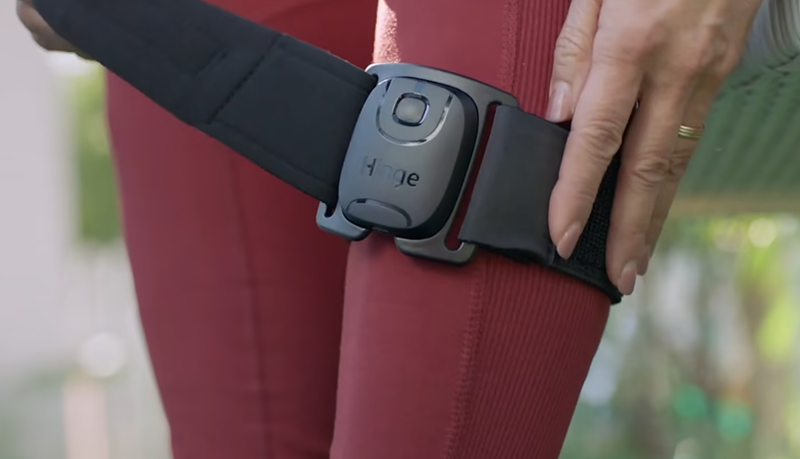Musculoskeletal disorders (MSD) are injuries or disorders of the muscles, nerves, tendons, joints, cartilage, and spinal discs. In the United States, chronic back, neck, and joint pain afflicts millions of Americans and accounts for the largest share of U.S. health care expenditures. In 2016, spending on musculoskeletal disorders cost an estimated $380 billion, according to the Institute for Health Metrics and Evaluation.
“It is part of the macro boom that we see within digital health,” Boris Kheyn-Kheyfets, senior manager at Deloitte Consulting, told MobiHealthNews. However, he added that “musculoskeletal, in particular, deserves special mention within that, because musculoskeletal is an extremely large total addressable market. And the reality is that you can save quite a bit to employers and plans around surgery avoidance.”
According to a study published in JAMA, just over 57% of the low back and neck pain spending came from private insurers and was associated with working-age adults. Meanwhile, spending for that condition increased nearly 7% between 1996 and 2016, though the number of prevalent cases only increased by just more than 1% annually.
Mark Luck Olson, CEO of RecoveryOne, thinks that instead of surgeries early intervention with physical therapy would save money. But the goal for digital musculoskeletal care should be more than just moving a physical therapy appointment to a virtual environment.
“That end-to-end journey is what we’re trying to innovate. We are not trying to digitize the visit. Sure, visits can be part of many episodes, but that’s not the point,” he said. “The point is to improve the cost and quality of that journey from ouch to all better, not digitizing the visit.”
A comprehensive approach to treating chronic musculoskeletal pain by combining physical therapy with behavioral health and lifestyle changes will create lasting relief and help employees avoid expensive surgeries and other medical interventions.

Acceptance of digital health and therapeutics by employers and health plans has accelerated rapidly in the wake of the COVID-19 pandemic — as have remote-work technologies and advances in digital health initiatives.
Musculoskeletal-focused digital apps (MDAs) are increasingly being used for physical therapy and rehabilitation, telehealth, pain management, behavioral health, and remote patient monitoring. Clinicians select and recommend MDAs for optimal patient care.
Digital musculoskeletal clinic Hinge Health launched HingeConnect to set a new standard in personalized care via seamless electronic medical record (EMR) integration, real-time interventions, and robust care coordination between digital and in-person providers.
DarioHealth, a leader in digital chronic condition management, launched Upright GO S, a wearable device that suppresses slouching and enhances posture.
The device uses biofeedback to track the user’s posture and vibrates when they begin to slouch, signaling them to straighten up. It is placed on the upper back either by a hypoallergenic adhesive strip or using a silicone necklace.
Read more British Army Exploring Utilization of Wearable Technology for Injury Prevention
With remote work as the new normal, employers will need to address employee health risks. By leveraging the power of digital health for MSK therapeutics solution.
Digital technology is enabling new approaches to solving old problems like musculoskeletal pain. So, now is the time to take advantage of the opportunity before us.












